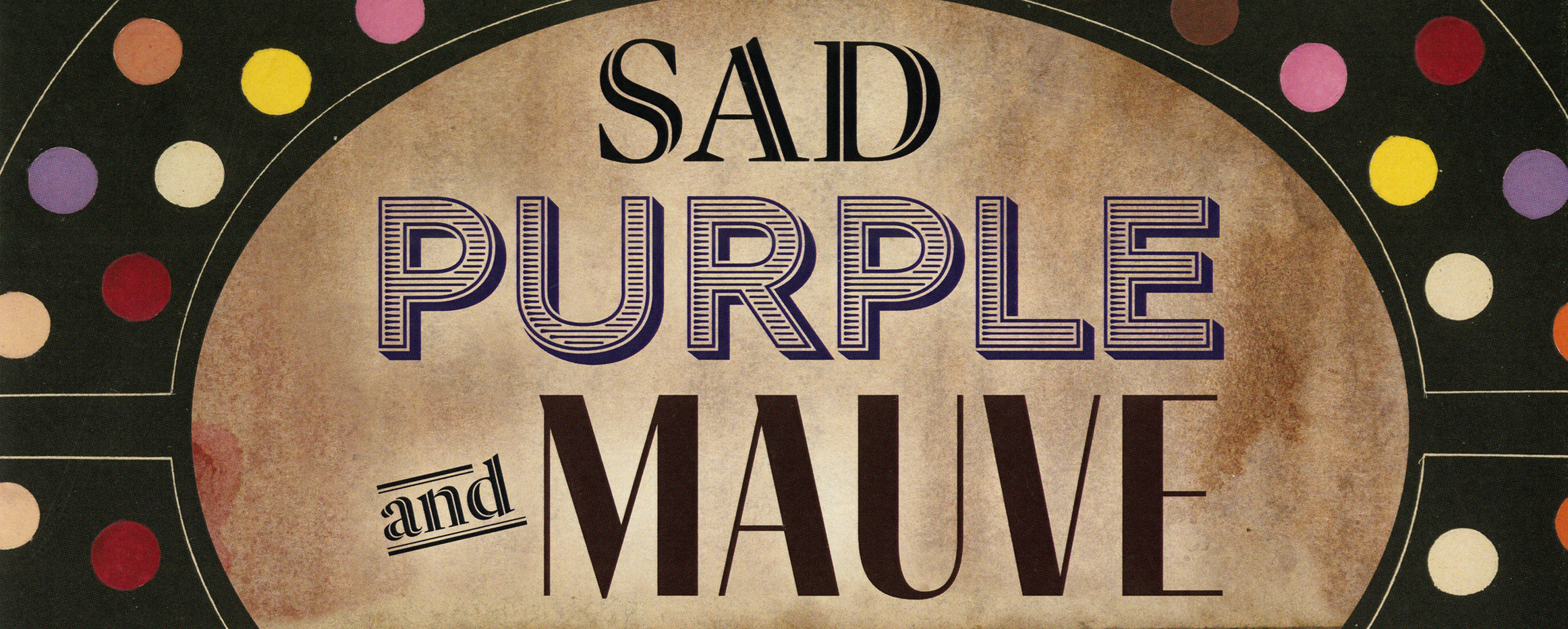Batik
WHAT IS BATIK?
Batik is derived from the Javanese word ambatik which means a cloth with little dots. Batik is an ancient tradition from the Indonesian Island of Java that uses wax resist to create a pattern on cloth. Patterns are created in wax by hand using a tjanting (pronounced chunting) or with a stamp, known as a tjap (pronounced chup). When the dyes are applied to the fabric, the waxed areas remain the color of the original cloth and keep the dyes being applied from permeating the fabric. This process is known as "wax resist." Batik can be created from one application of dye and wax, or the process can be repeated several times to create more complex designs.
Traditional Indonesian textiles use distinct natural dyes such as indigo (blue) and soga (yellow to brown). Soga is achieved by using tingi bark, jambal bark, tegeran bark, and other materials to produce unique yellow to brown shades. Black is typically achieved by combining indigo and brown soga.
This Batik Tulis, or hand-drawn batik, is made on a tight plain weave cotton. The design does not repeat, and irregularities can be found throughout the piece, indicating it is hand drawn. The colors appear to be traditional natural Javanese dyes: tan, indigo (blue), soga (brown), and a mixture of indigo and soga (black).
— Written by Charlene Gross (School of Theatre)
Artist not known
Batik, Indonesia, 1900s
Cotton and dye
Accessioned in 1986 (PSU 87:1)
Gift of the Jr. Museum of Central Pennsylvania
On loan courtesy of the Matson Museum of Anthropology

